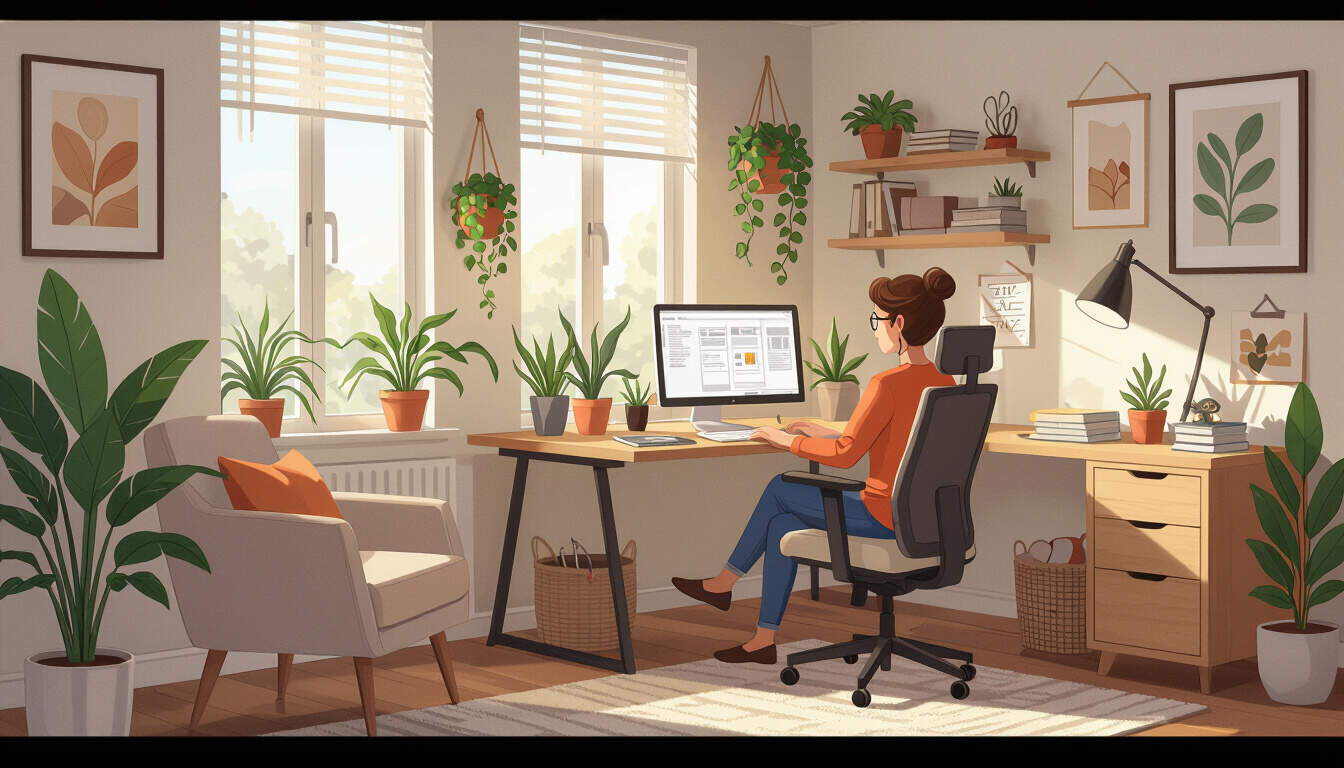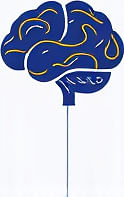Ergonomic Setups for Neurodivergent Workers
 by Verner Mayer
by Verner Mayer
Discover practical ergonomic strategies to support neurodivergent adults in remote work, focusing on ADHD and autism. Learn how simple adjustments can improve focus, reduce fatigue, and enhance work-life balance in home environments.

Remote work offers flexibility, but it can present challenges for neurodivergent adults. Creating an ergonomic setup is essential for those with ADHD or autism, as it helps minimize distractions and physical discomfort. For individuals with ADHD, a well-organized workspace can make a significant difference in maintaining focus.
Physical comfort plays a key role in daily routines. An adjustable chair and desk at the right height promote good posture, reducing strain on the back and neck. This is particularly helpful for those who spend long hours at a computer. Proper lighting is another consideration; soft, adjustable lights can prevent eye strain and create a calming atmosphere.
Sensory needs vary, especially for adults with autism. Noise-canceling headphones or a quiet corner can block out overwhelming sounds, allowing for better concentration. Organizing the space with clear zones for work and rest helps separate activities, supporting overall well-being.
Tips for Building an Effective Setup
When setting up a home office, start with the basics. Choose a chair that provides lumbar support to ease back pain. A standing desk option allows for movement, which benefits those with autism by incorporating physical activity into the workday.
Incorporate tools that aid productivity. For example, a monitor at eye level reduces the need to look down, preventing neck issues. Using a keyboard tray can keep wrists in a neutral position, avoiding repetitive strain.
Personalization matters. Adding plants or preferred colors to the environment can make the space more inviting and less stressful. This approach fosters a sense of control, which is vital for neurodivergent workers seeking balance.
Addressing Specific Challenges
For adults with ADHD, fidget tools like stress balls can provide an outlet for excess energy without disrupting work flow. These items fit easily into an ergonomic setup and help channel impulses productively.
Time management tools, such as timers, work well when placed visibly on the desk. They assist in breaking tasks into manageable segments, reducing overwhelm and improving output.
For those with autism, consistent routines are key. Establishing a dedicated workspace with ergonomic elements like anti-glare screens ensures a predictable environment. This consistency aids in transitioning between tasks smoothly.
Integrating Work-Life Balance
Beyond the physical setup, consider how the space supports daily life. Ergonomic adjustments should include breaks for movement, such as short walks to refresh the mind. This practice helps maintain energy levels throughout the day.
Meal and rest areas should be distinct from the work zone to encourage boundaries. A comfortable seating area for relaxation reinforces the separation between professional and personal time.
Community support can enhance these efforts. Sharing experiences with others in similar situations provides valuable insights and encouragement.
In practice, these setups lead to better outcomes. Workers report higher satisfaction and fewer health issues when their environments meet their needs. By focusing on individual preferences, neurodivergent adults can achieve greater productivity and peace.
Ultimately, implementing these changes requires patience and experimentation. Start small, assess what works, and adjust as needed to build a space that truly supports well-being.
